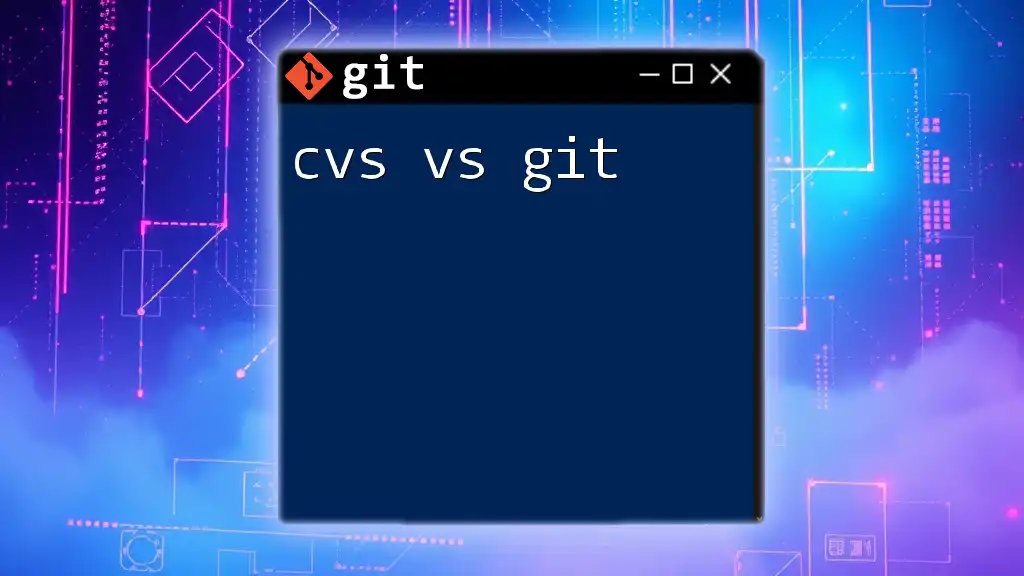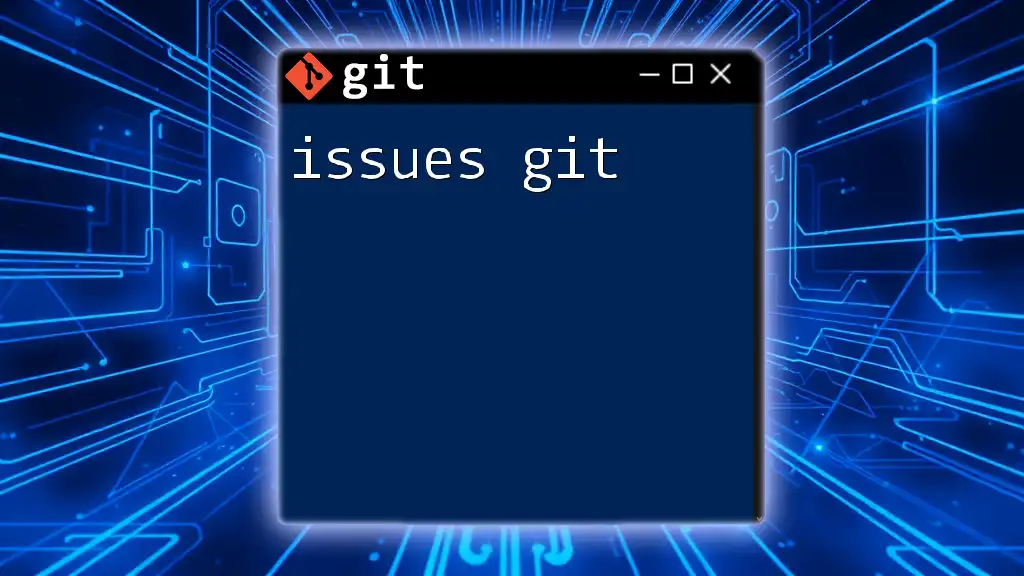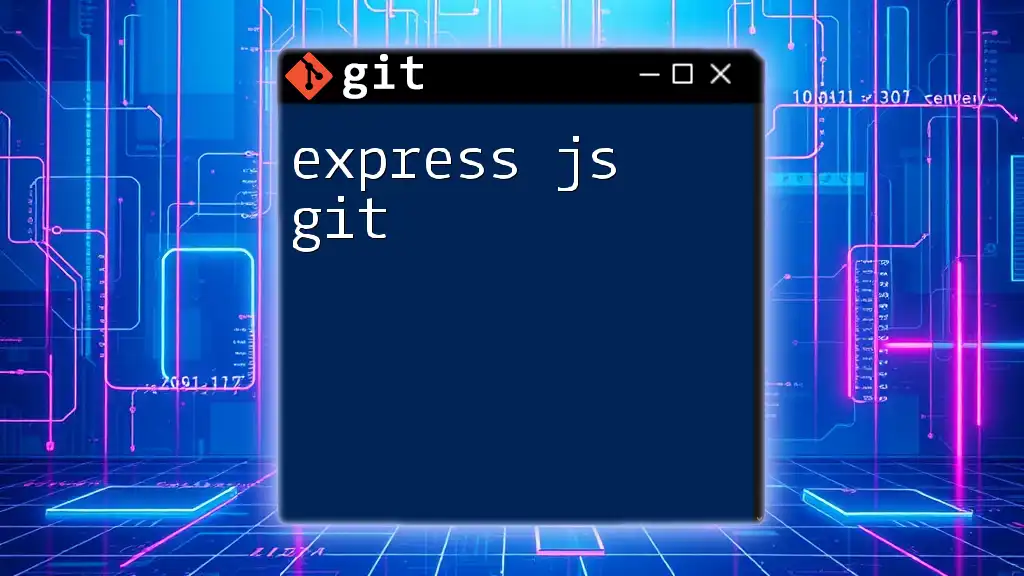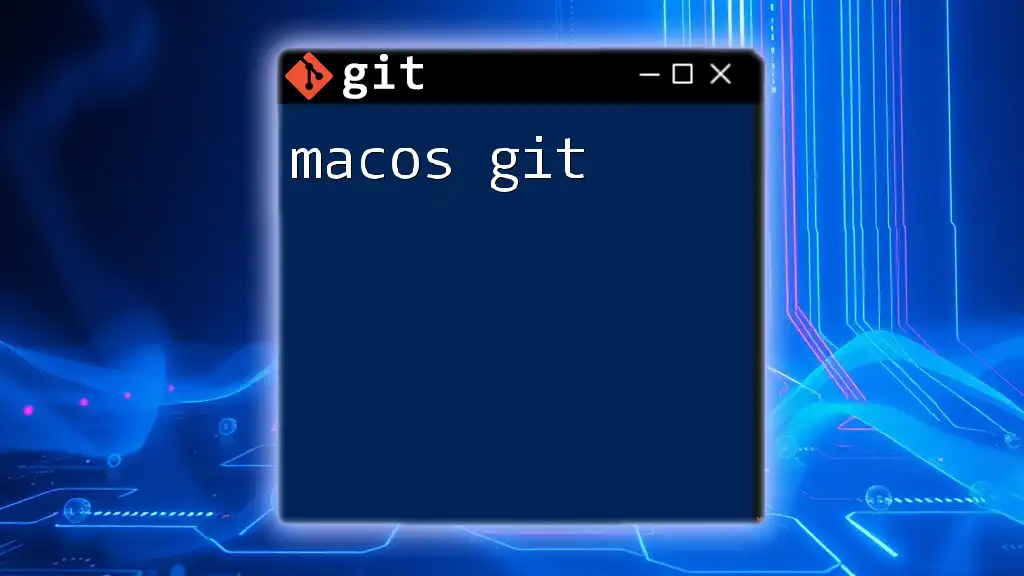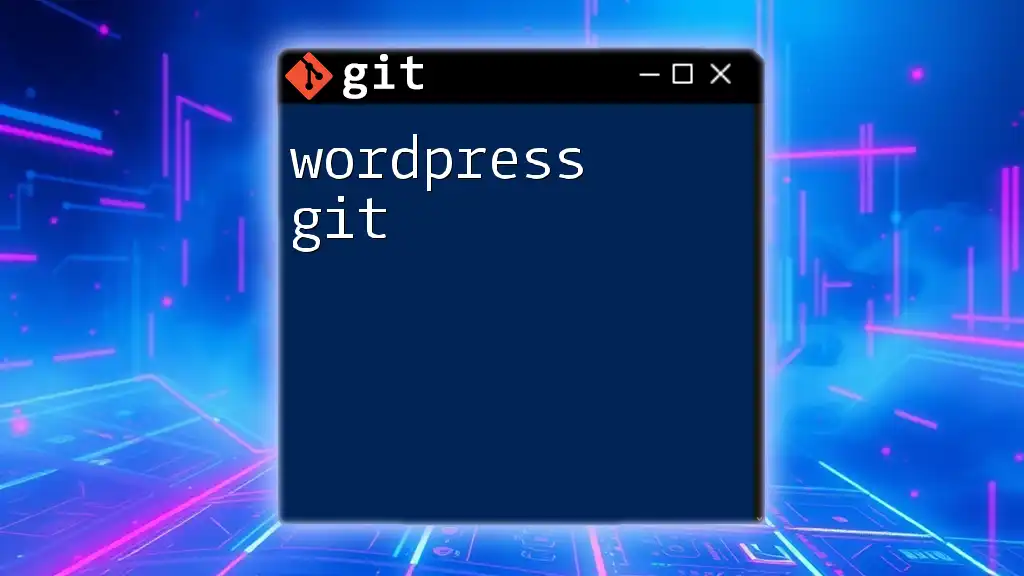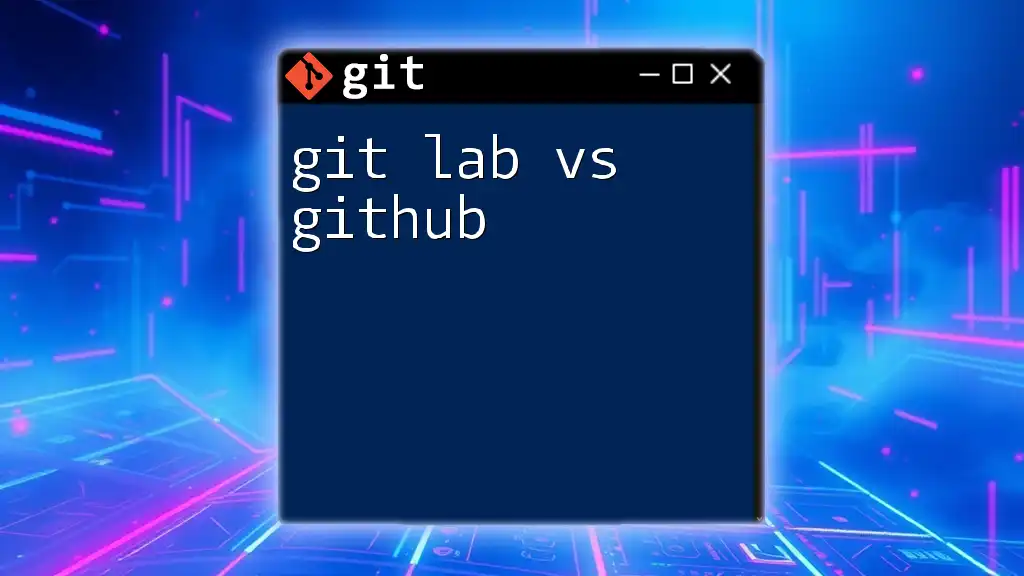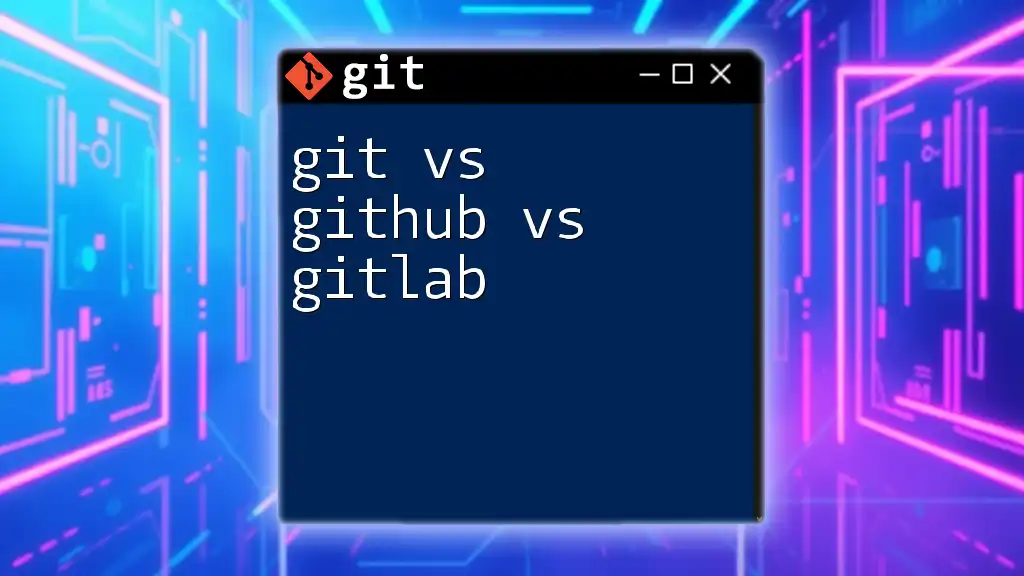CVS (Concurrent Versions System) is an older version control system that focuses on file-level changes, while Git is a modern distributed version control system that tracks changes at the commit level, allowing for more efficient collaboration and branching.
# Example of creating a new branch in Git
git checkout -b new-feature
What is CVS?
Definition and History
The Concurrent Versions System (CVS) is one of the earliest version control systems. It was created in the late 1980s to help manage source code for software projects. CVS provided a way for multiple developers to work on the same project simultaneously, which was revolutionary at the time. It served as the backbone for many projects in the early days of software development, fostering collaboration even before modern version control systems emerged.
Key Features of CVS
CVS is primarily a centralized version control system. This means that developers commit changes directly to a central repository, and everyone retrieves code from this centralized source. Its file-level versioning allows individual files to be tracked over time, providing a clear history of changes.
Here’s how a typical CVS workflow looks:
cvs checkout myproject # Check out the latest version of the project
cvs update # Update your local copy with changes from the repository
cvs commit -m "Update readme file" # Commit changes back to the repository
Advantages of CVS
One of the main advantages of CVS is its simplicity, especially for small teams. The command set is not overly complex, making it accessible for developers who may not have prior experience with version control. Furthermore, CVS offers reliability for legacy projects that have long depended on its framework.
Limitations of CVS
However, despite its benefits, CVS has several limitations. The centralized architecture means that if the central server goes down, no one can collaborate or share their changes. Additionally, CVS has a cumbersome approach to branching and merging, making it difficult to manage parallel development effectively. Lastly, CVS lacks robust support for working offline, which limits its usability in a fast-paced, modern environment.

What is Git?
Definition and History
Git was developed in 2005 by Linus Torvalds, primarily for managing the Linux kernel’s source code. It was built to address the limitations of earlier version control systems, including CVS. Git introduced a distributed version control model, allowing every developer to have a full copy of the repository on their local machine.
Key Features of Git
Git features an innovative approach to version control, allowing for snapshot-based versioning. Instead of just tracking changes to individual files, Git takes a snapshot of the entire project at the time of the commit. This enables rapid operations and robust branching capabilities.
Here’s a typical Git workflow:
git clone https://github.com/user/repo.git # Clone a repository
git add . # Stage changes for commit
git commit -m "Initial commit" # Commit changes to the local repository
git push origin main # Push changes to the central server
Advantages of Git
Git's primary advantage lies in its branching and merging capabilities. Developers can create branches effortlessly, experiment with new features, and merge them back with minimal conflict. It also excels in offline work; since every developer has a complete local repository, they can commit changes without needing to be connected to the internet. Git operations are generally faster compared to CVS, enhancing overall efficiency.
Limitations of Git
Despite its many strengths, Git is not without drawbacks. It has a steeper learning curve, especially for users transitioning from simpler systems like CVS. Many newcomers may feel overwhelmed by its complexity and the array of commands available. Furthermore, if not managed carefully, repositories can become bloated, particularly when handling large binary files.
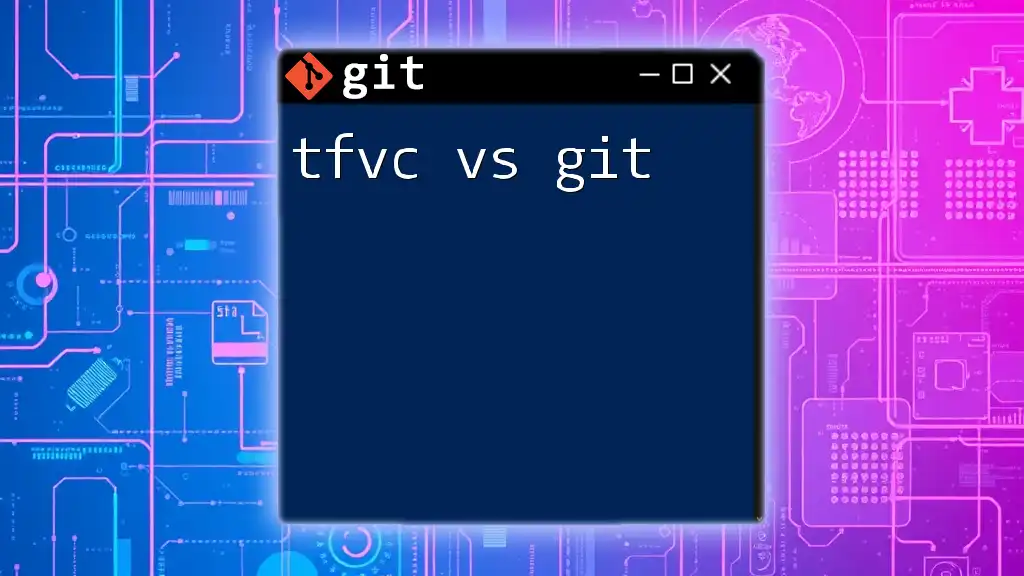
Comparing CVS and Git
Centralized vs Distributed
The most significant distinction between CVS and Git is their architecture. CVS employs a centralized model, whereas Git is distributed. In CVS, all changes are made to a single central repository, which can create bottlenecks in collaboration. Conversely, Git’s distributed nature allows each user to work independently and later synchronize their changes, enhancing teamwork and reducing reliance on a central server.
Branching and Merging
Branching and merging highlight one of the most critical differences between these systems. In CVS, branching can be complicated and is often discouraged due to its complexity. Git, on the other hand, makes branching a fundamental part of its workflow. Developers can easily create and switch between branches, leading to smoother collaborative processes.
An illustration of branching in CVS versus Git is as follows:
For CVS:
# Create a new branch
cvs tag -b new_branch
# Merge changes between branches
cvs update -j branchA -j branchB
For Git:
# Create a new branch
git checkout -b new_branch
# Merge changes from another branch
git merge branchA
Performance and Scalability
When discussing performance and scalability, Git generally outshines CVS. Git’s operations are designed to be quick and efficient, often performed in constant time, while CVS can be slower, especially with large repositories. Users managing large teams or projects will likely find that Git scales better to accommodate their needs.
Usability and Learning Curve
From a usability standpoint, CVS’s simplicity can be appealing to smaller teams or those new to version control. However, this simplicity comes at the cost of functionality. Git, while more complex, offers a level of flexibility and feature richness that many modern development projects require. Advanced users can leverage Git’s additional capabilities, enhancing productivity and collaboration.
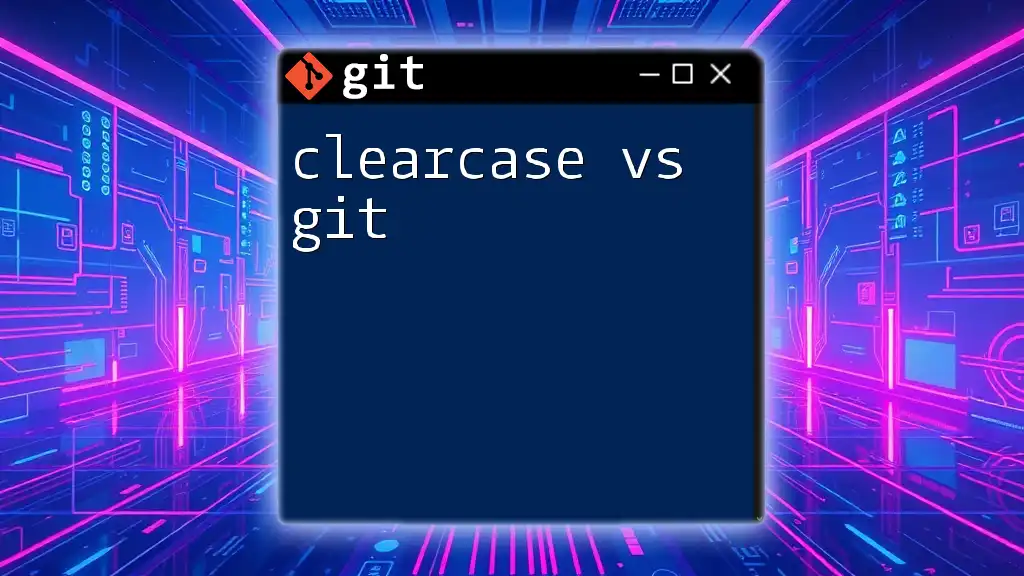
Use Cases: When to Use CVS and When to Use Git
Ideal Scenarios for Utilizing CVS
CVS may still be an appropriate choice for small teams working on projects with minimal collaboration needs. It can also be ideal for legacy systems where incorporating new tools may not be financially feasible or technically advantageous.
Ideal Scenarios for Utilizing Git
Git shines in environments where numerous developers are collaborating on large projects, such as in open-source software development or within larger organizations. Its continuous integration and deployment capabilities make it a smart choice for modern software development practices.
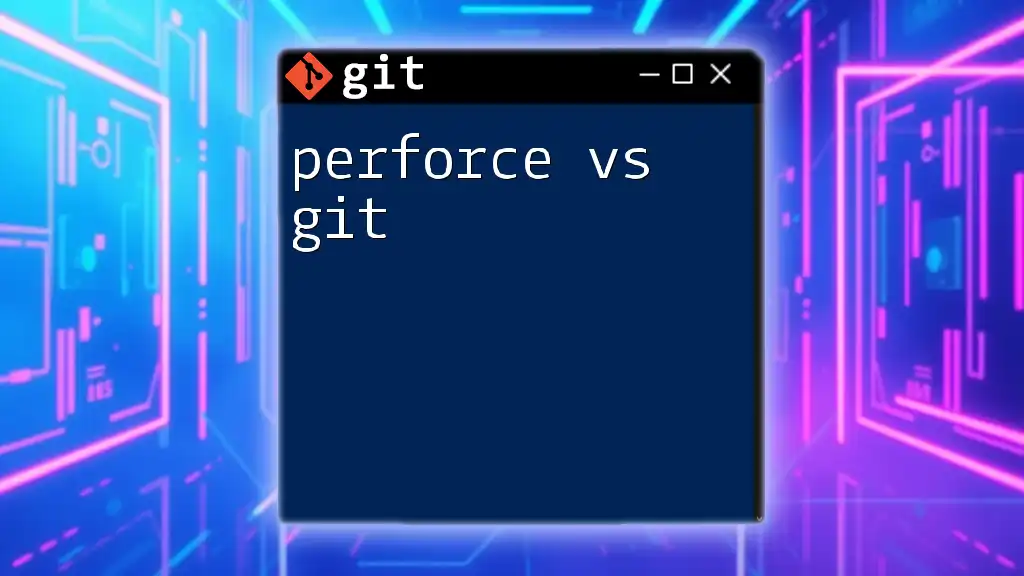
Conclusion
In summary, both CVS and Git have played critical roles in the evolution of version control systems. While CVS offers simplicity and reliability for small teams and legacy projects, Git provides the advanced features and flexibility required by contemporary development teams. Evaluating the specific needs of your project will help you decide which system best suits your workflow. As you explore the world of version control, consider diving deeper into tutorials that can facilitate your journey into mastering Git.
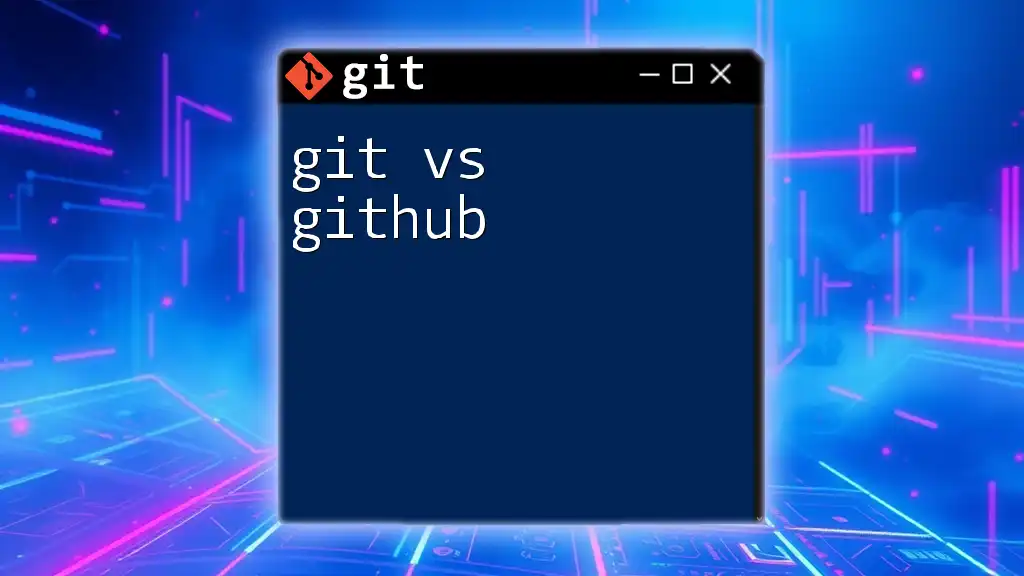
Additional Resources
Links to Tutorials
- Explore in-depth tutorials on Git commands and best practices.
- Discover recommended courses or books for learning CVS and Git.
Community and Support
For support, consider engaging with online user groups, forums, and the official documentation for both CVS and Git. These resources can provide valuable insights and assistance as you navigate your version control needs.

